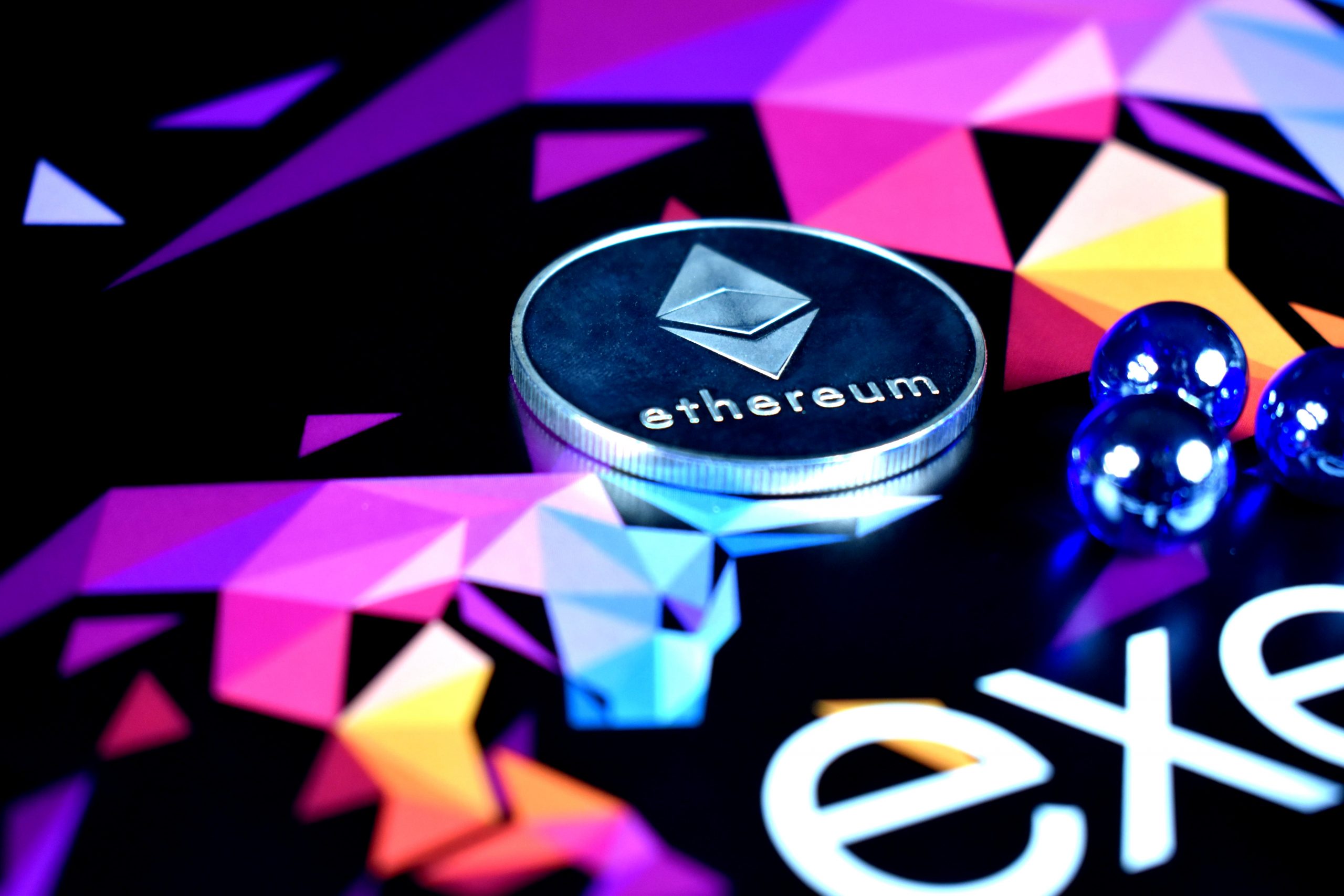Who created Ethereum
In late 2013, Vitalik Buterin described his idea during a white book, which he sent bent a couple of his friends, who successively sent it out further. As a result, about 30 people reached bent Vitalik to debate the concept. He was expecting critical reviews and other people remarking critical mistakes within the concept, but it never happened.
The project was publicly announced in January 2014, with the core team consisting of Vitalik Buterin, Mihai Alise, Anthony Di Iorio, Charles Hoskinson, Joe Lubin, and Gavin Wood. Buterin also presented Ethereum on stage at a Bitcoin conference in Miami, and just a couple of months later the team decided to carry a crowd sale of Ether, the native token of the network, to fund the event.
Is it a cryptocurrency?
By definition, Ethereum may be a software platform that aims to act as a decentralized Internet also as a decentralized app store. A system like this needs a currency to buy the computational resources required to run an application or a program. this is often where ‘Ether’ comes into play.
Ether may be a digital bearer asset and it doesn’t require a 3rd party to process the payment. However, it doesn’t only operate as a digital currency, it also acts as ‘fuel’ for the decentralized apps within the network. If a user wants to vary something in one among the apps within Ethereum, they have to pay a transaction fee in order that the network can process the change.
The transaction fees are automatically calculated supported what proportion ‘gas’ an action requires. the quantity of required fuel is calculated supported by what proportion of computing power is important and the way long it’ll fancy running.
Click on the link https://ru.localcrypto.cloud/, it is possible to buy, sell, and exchange cryptocurrencies.
Is Ethereum like Bitcoin?
Ethereum and Bitcoin could be somehow similar when it involves the cryptocurrency aspect, but the truth is that they’re two completely different projects with completely different goals. While Bitcoin has established itself as a comparatively stable and therefore the most successful cryptocurrency so far, Ethereum may be a multipurpose platform with its digital currency Ether being just a component of its smart contract applications.
Even when comparing the cryptocurrency aspect, the 2 projects appear to be vastly different. as an example, Bitcoin features a hard cap of 21 mln Bitcoins which will ever be created, while a possible supply of Ether is often practically endless. Moreover, Bitcoin’s average block mining time is 10 minutes, whereas Ethereum’s aims to be not quite 12 seconds, which suggests quicker confirmations.
Another major difference is that lately successful Bitcoin mining requires tremendous amounts of computing power and electricity and is merely possible if using industrial-scale mining farms. On the opposite hand, Ethereum’s proof-of-work algorithm encourages decentralized mining by individuals.
Perhaps the foremost important difference between the 2 projects is that Ethereum’s internal code is Turing complete, which suggests that literally everything is often calculated as long as there are enough computing power and time to try to do so. Bitcoin doesn’t have this capability. While a Touring complete code provides Ethereum users with practically limitless possibilities, its complexity also means potential security complications.
How Ethereum works
As it was mentioned before, Ethereum is predicated on Bitcoin’s protocol and its Blockchain design but is tweaked in order that applications beyond money systems are often supported. the 2 Blockchains’ only similarity is that they store entire transaction histories of their respective networks, but Ethereum’s Blockchain does tons quite that. Besides the history of transactions, every node on the Ethereum network also must download the foremost recent state, or the present information, of every smart contract within the network, every user’s balance, and every one the smart contract code and where it’s stored.
Essentially, the Ethereum Blockchain is often described as a transaction-based state machine. When it involves computing, a state machine is defined as something capable of reading a series of inputs and transitioning to a replacement state-supported those inputs. When transactions are executed, the machine transitions into another state.
Every state of Ethereum consists of many transactions. Those transactions are grouped to make ‘blocks,’ with each and each block being chained alongside its previous blocks. But before the transaction are often added to the ledger, it must be validated, that goes through a process called mining.
Mining may be a process when a gaggle of nodes applies their computing power to complete a ‘proof of work’ challenge, which is actually a mathematical puzzle. The more powerful their computer is, the quicker it can solve the puzzle. a solution to the present puzzle is in itself a symbol of labor, and it guarantees the validity of a block.
A lot of miners around the world are competing with one another in an effort to make and validate a block, as whenever a miner proves a block new Ether tokens are generated and awarded to said miner. Miners are a backbone of the Ethereum network, as they not only confirm and validate transactions and the other operations within the network but also generate new tokens of the network’s currency.
Advantages of Ethereum
Ethereum platform benefits from all the properties of the Blockchain technology that it runs on. it’s completely resistant to any third party interventions, which suggests that each one of the decentralized apps and DAOs deployed within the network can’t be controlled by anyone in the least.
Any Blockchain network is made around a principle of consensus, meaning that each one of the nodes within the system got to agree on every change made within it. This eliminates possibilities of fraud, corruption, and makes the network tamper-proof.
The whole platform is decentralized, which suggests there’s no possible single point of failure. Hence, all the apps will always stay online and never cut. Moreover, the decentralized nature and cryptographic security make the Ethereum network well protected against possible hacking attacks and fraudulent activities. Advantages of Ethereum
Ethereum platform benefits from all the properties of the Blockchain technology that it runs on. it’s completely resistant to any third party interventions, which suggests that each one of the decentralized apps and DAOs deployed within the network can’t be controlled by anyone in the least.
Disadvantages of Ethereum
Despite the very fact that smart contracts are meant to form the network fault-proof, they will only be nearly as good because of the people writing the code for them. there’s always room for human error, and any mistake within the code might get exploited. If that happens, there are no direct thanks to stopping a hacker attack or exploitation of said mistake. the sole possible way of doing so would be to succeed in a consensus and rewrite an underlying code. However, this goes completely against the very essence of the Blockchain, because it is meant to be an unchangeable and immutable ledger.
‘The DAO,’ which may be a name of a specific DAO launched on April 30, 2016, was attacked and quite 3.6 mln Ether tokens were stolen from it. The attacker exploited a ‘recursive call bug’ within the code, essentially just draining the funds from DAO into a ‘child DAO,’ that had an equivalent structure because of the DAO. The loss of a huge chunk of The DAO’s funding wasn’t the sole consequence of the attack, because it basically undermined the users’ trust within the whole Ethereum network, with Ether’s value falling from over $20 to under $13.

